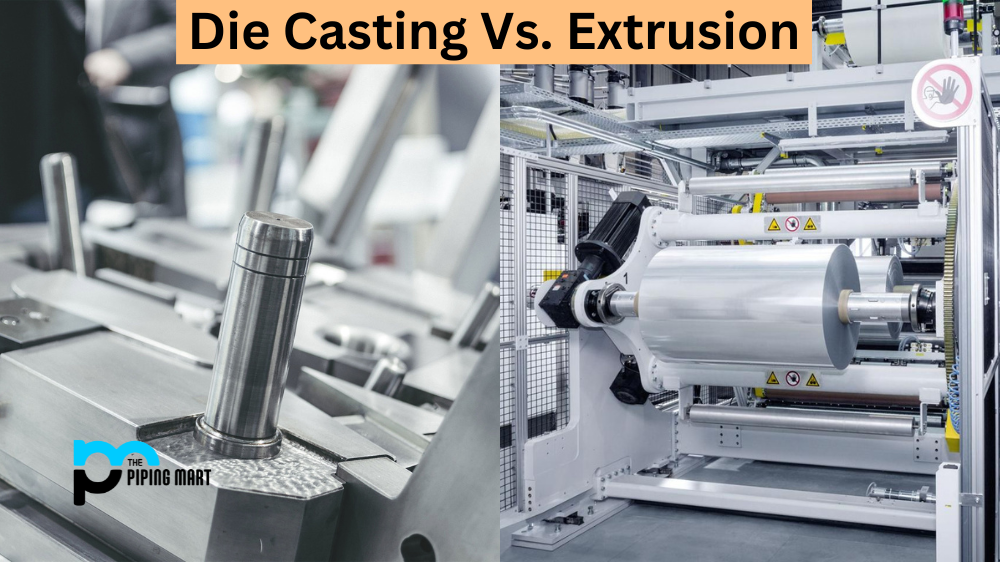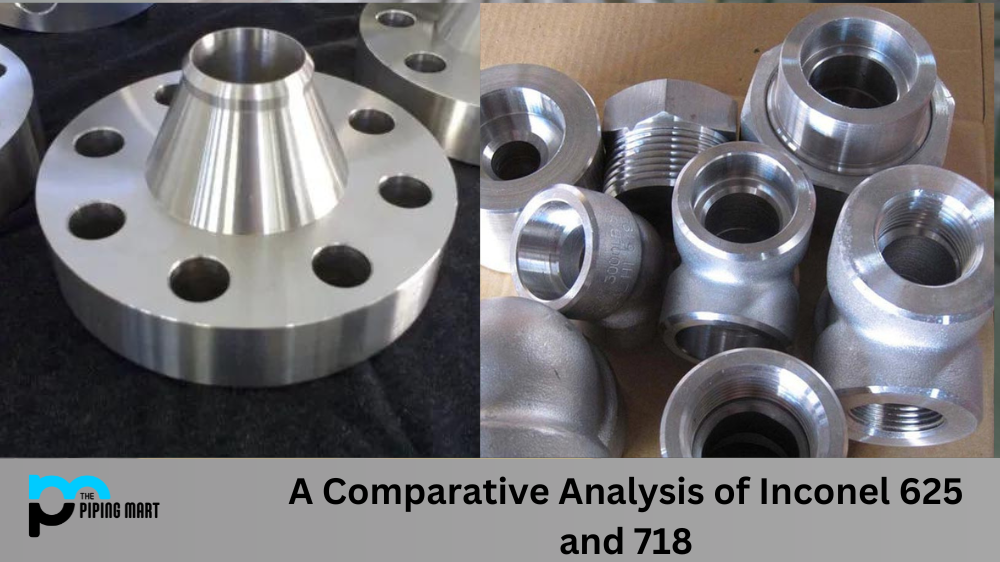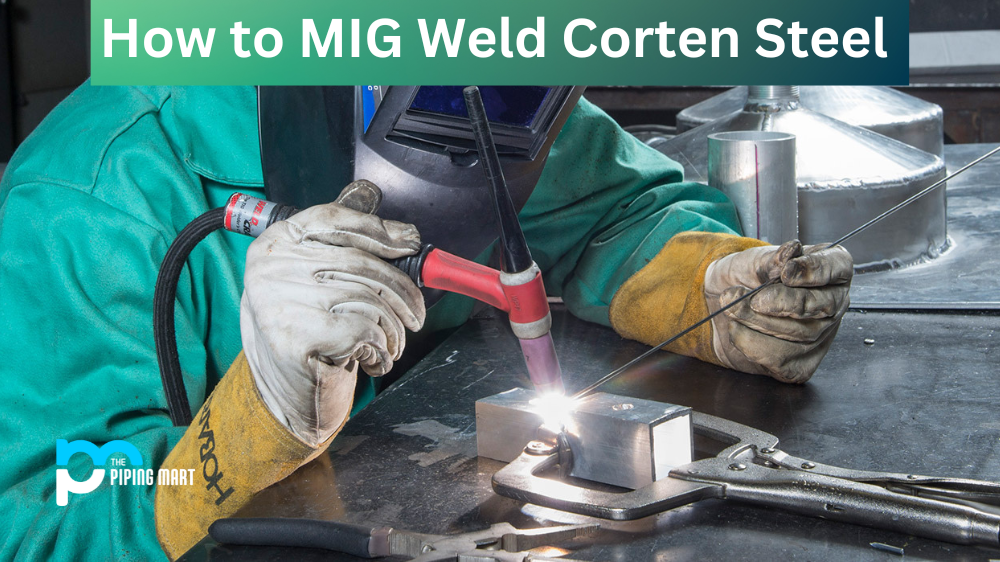When it comes to manufacturing, many people are familiar with the two main processes of die casting and extrusion. But what is the difference between these two processes? In this blog post, we’ll break down the pros and cons of each process to help you make an informed decision when choosing which one to use.
Die Casting
Die casting is a manufacturing process that involves injecting molten metal into a mould cavity with extreme pressure. It is commonly used to create parts with complex shapes that require exact precision. The benefit of die casting is that it produces very accurate castings at high volumes in a short amount of time, making it ideal for mass production. The downside is that die casting tends to be more expensive than other methods, as well as labour-intensive. Additionally, some metals, such as aluminum or zinc, are not suitable for die casting because they don’t maintain their shape when exposed to high pressure.
Extrusion
Extrusion is a process in which metal bars or rods are forced through dies to create parts with specific shapes or profiles. This method can also be used for creating complex parts, but unlike die casting, it does not involve high pressure or melting down the material beforehand. Instead, the metal bar or rod is heated until it becomes soft enough to pass through the dies without breaking apart. Extrusion is more affordable than die casting since there’s no need for expensive moulds or high-pressure equipment. However, it’s also slower and less precise than die casting, making it better suited for smaller production runs.
Difference Between Die Casting and Extrusion
- Die casting is a manufacturing process that involves injecting molten metal into a mould to create a desired shape.
- Extrusion is a manufacturing process that involves pushing material through a die to create a desired shape.
- Die casting is typically used for products that require intricate designs or tight tolerances, such as electronic components or engine parts.
- Extrusion is typically used for products that require simple designs and loose tolerances, such as pipes or tubing.
- Die casting is a more expensive process than extrusion, but it can produce stronger and more precise products.
Conclusion:
When choosing between die casting and extrusion for manufacturing your parts, consider your budget, timeline, and accuracy requirements before making a decision. Die casting tends to be more expensive but faster and more accurate than extrusion, whereas extrusion requires less upfront investment but takes longer and may have lower accuracy rates compared to die casting. Ultimately, you should weigh the pros and cons of both processes carefully before deciding which one will best fit your needs. With this knowledge in hand now, you can make an informed decision on which process best suits your needs when manufacturing parts!

Abhishek is a seasoned blogger and industry expert, sharing his insights and knowledge on various topics. With his research, Abhishek offers valuable insights and tips for professionals and enthusiasts. Follow him for expert advice on the latest trends and developments in the metal industry.




